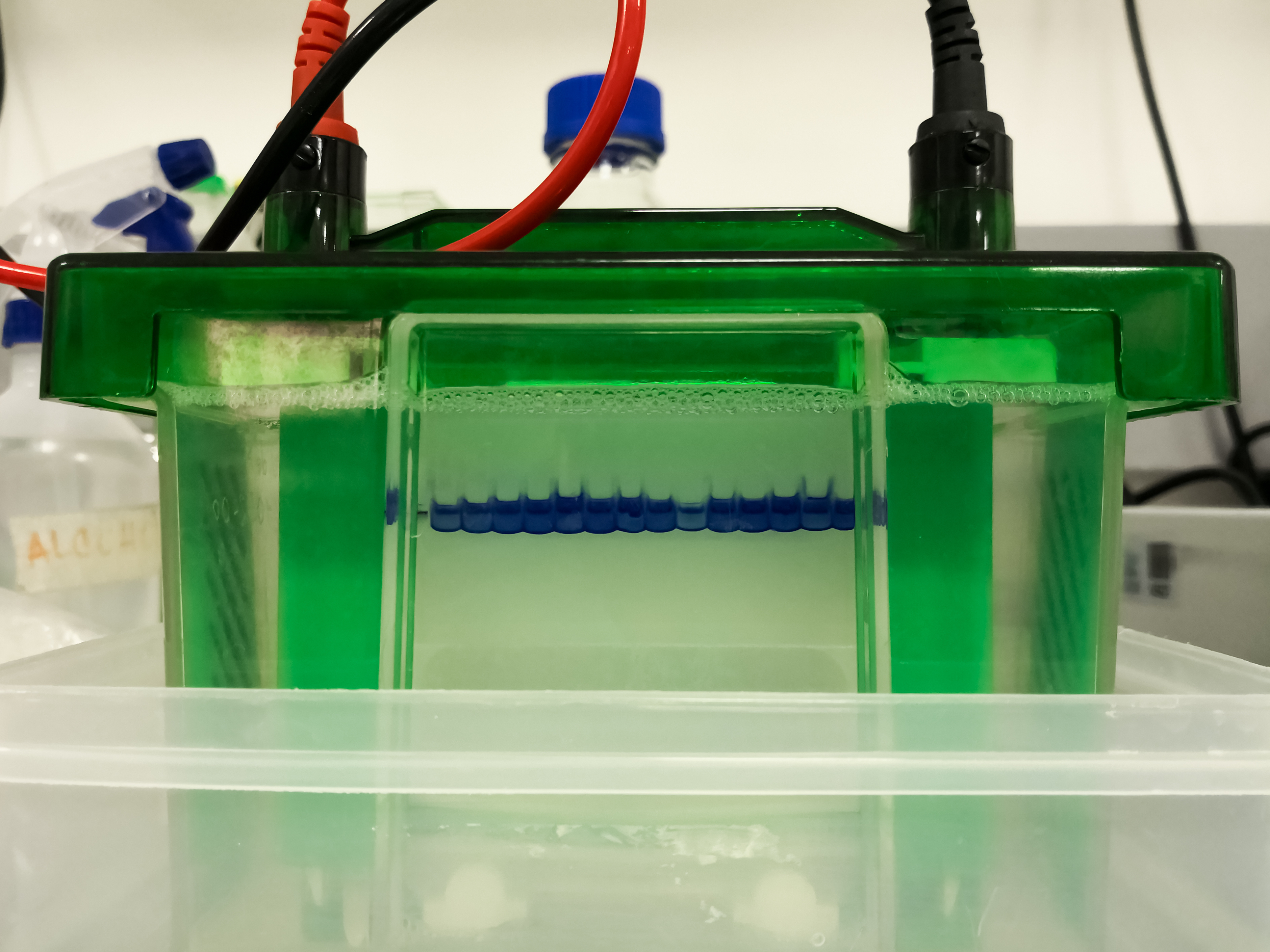It’s a relatively new world for scientists. Up until the 2000s, research funding increased steadily before reaching a plateau and dropping with sequestration budget cuts. Nowadays, scientists spend a great deal of time fighting for grants, rather than actually doing research. It’s an interesting, but sobering reality: as you progress in your science career, you may (or already do), find yourself spending more and more time planning and writing grants.
After weeks of drafting and finding ways to portray just how cool your research is, you reach the final stage: the Page Limit. In fact, that’s probably how you ended up here on ABclonal’s blog. We get it, and we’re here to help.

7 Ways to Trim Down Your Grant Proposal:
1. Double spaces . . .
Be careful of extra spaces; they are like empty calories in your proposal—filling, but serve no purpose. You can do this easily by using the search function in Microsoft Word (or any word processing software) and typing in two spaces, “ ”. Replace them with a single space or delete them if necessary. Also be sure to check that there are no spaces at the end of paragraphs, which are sometimes added automatically.
2. Ands & Ampersands.
It might not be the most orthodox, but sometimes you got to do what you got to do. If you’re really struggling, try to find places where you can substitute “and” for “&.” It saves two characters each time. Just do it tastefully (not everywhere).
3. Between the lines.
Many people use blank lines to create paragraph breaks, but that can be a huge waste of space. In Microsoft Word a blank line takes up 10-12 pts (their unit for space) between each paragraph. When you have a page limit, attention to detail can be a lifesaver. A better and more flexible method is to format the paragraph settings so that the breaks are exactly the size you need. For example, in this article I used 8 pts after headings, 3 pts between paragraphs, and single spacing for the bulk of the text. You can adjust these sizes by highlighting particular lines and going to “Paragraph spacing > After.” Make sure to uncheck “don’t add space between paragraphs of same style.” This article is only 700 words, but I saved about an eighth of a page by using this tip.
4. Redundancy.
Refrain from writing phrases like “the aim of this project,” “the implications of this research,” etc. The reviewers are reading your proposal which is focused solely on a single project. Thus, there’s no need to remind them over and over again.
5. Active voice.
Up until recently, academics loved using passive voice. In fact, it was probably a taboo to use first-person pronouns in academic writing. However, things have changed and using first person active voice such as “We will carry out this research..” rather than “This research will be carried out by..” can make your proposal less cumbersome to read and increase understanding. It also saves you a few words. Win-win.
6. Keep it concise.
We all know this, yet it is probably the hardest skill to master, especially when you love your research so much that every piece of information seems crucial and fascinating. Luckily for you, your friends from other fields probably don’t share that sentiment. Have someone you trust read your proposal and highlight the parts that are confusing, redundant, or just plain jargon.
7. That’s a wrap.
Last tip (sorry it’s a pun). Sometimes the last word of a paragraph wraps to a new line. Look through your proposal and identify any time a line only has one or two words. Go back and edit that paragraph so that the last word goes back up. Another line saved. (How to Save a Line, was my second idea for this tip.)
Best of luck with grant writing.
And if you are looking for a few ways to save money from that hard-earned grant, subscribe to us! We're constantly looking for ways to make research more efficient, by keeping products high-quality and costs low.

.jpg)


